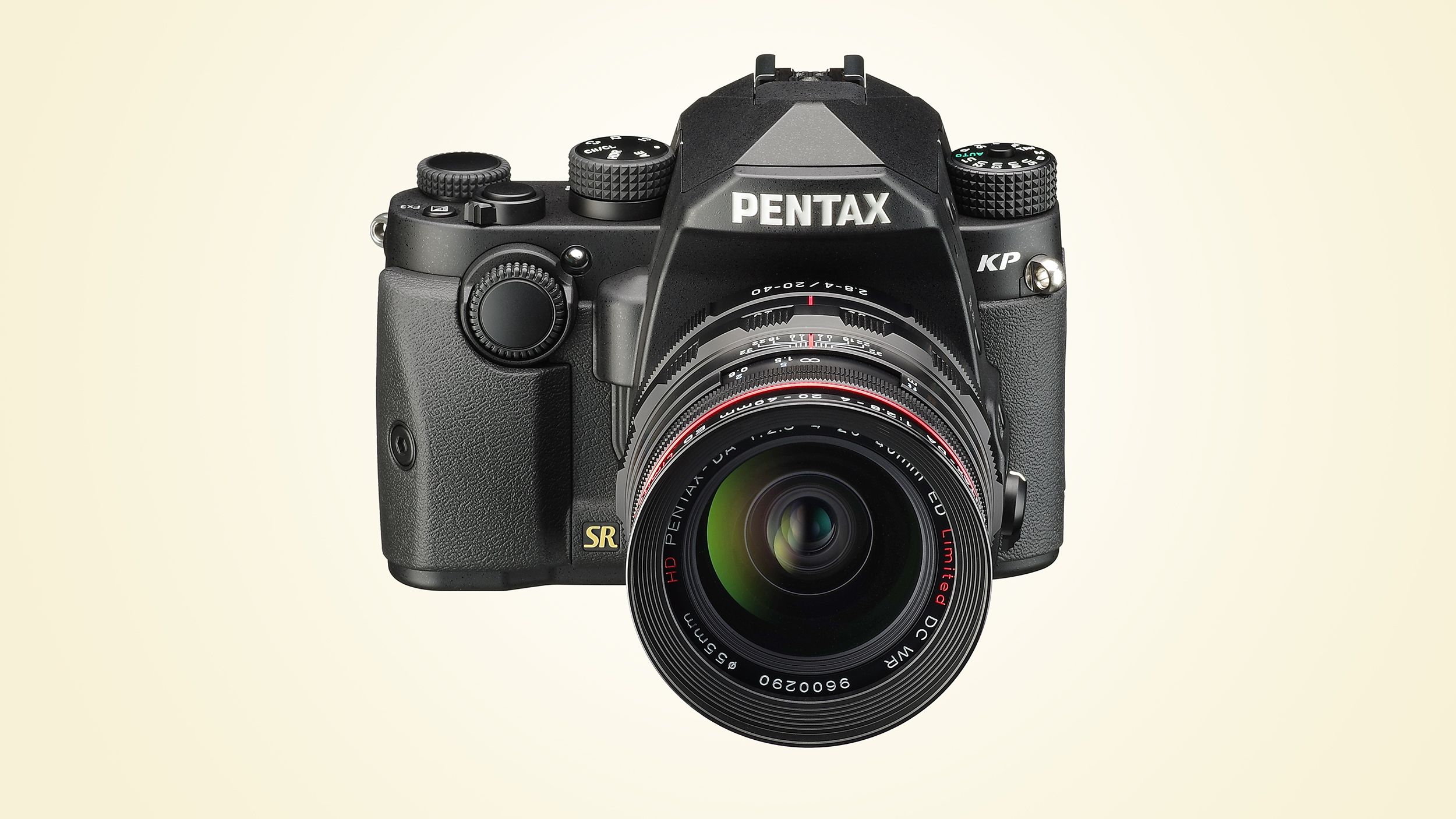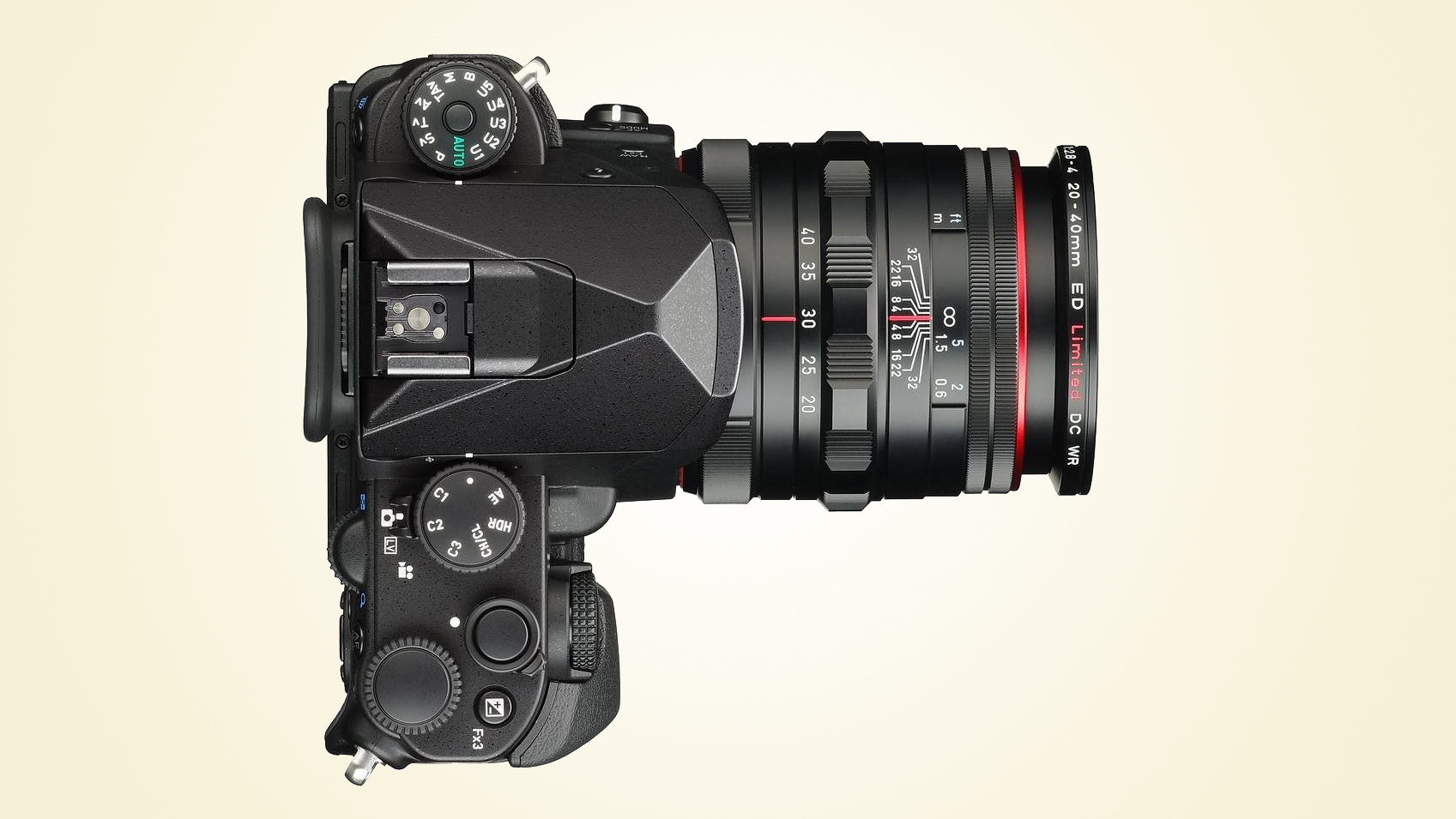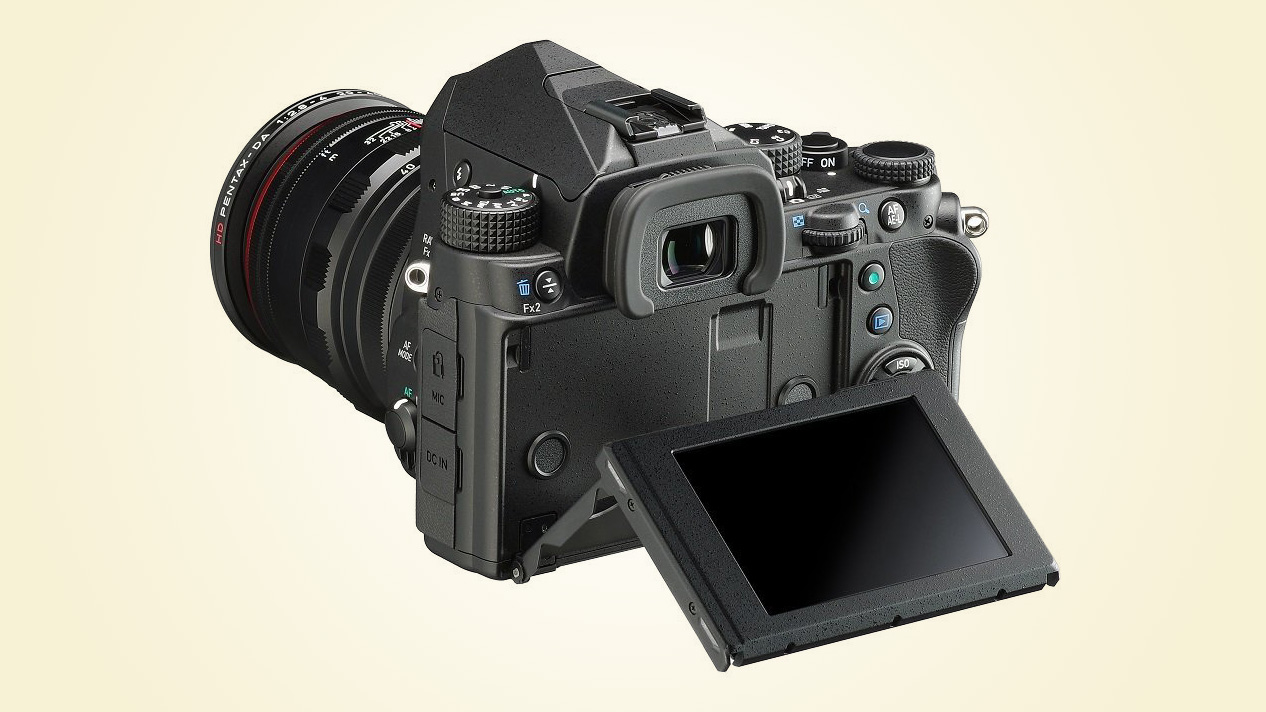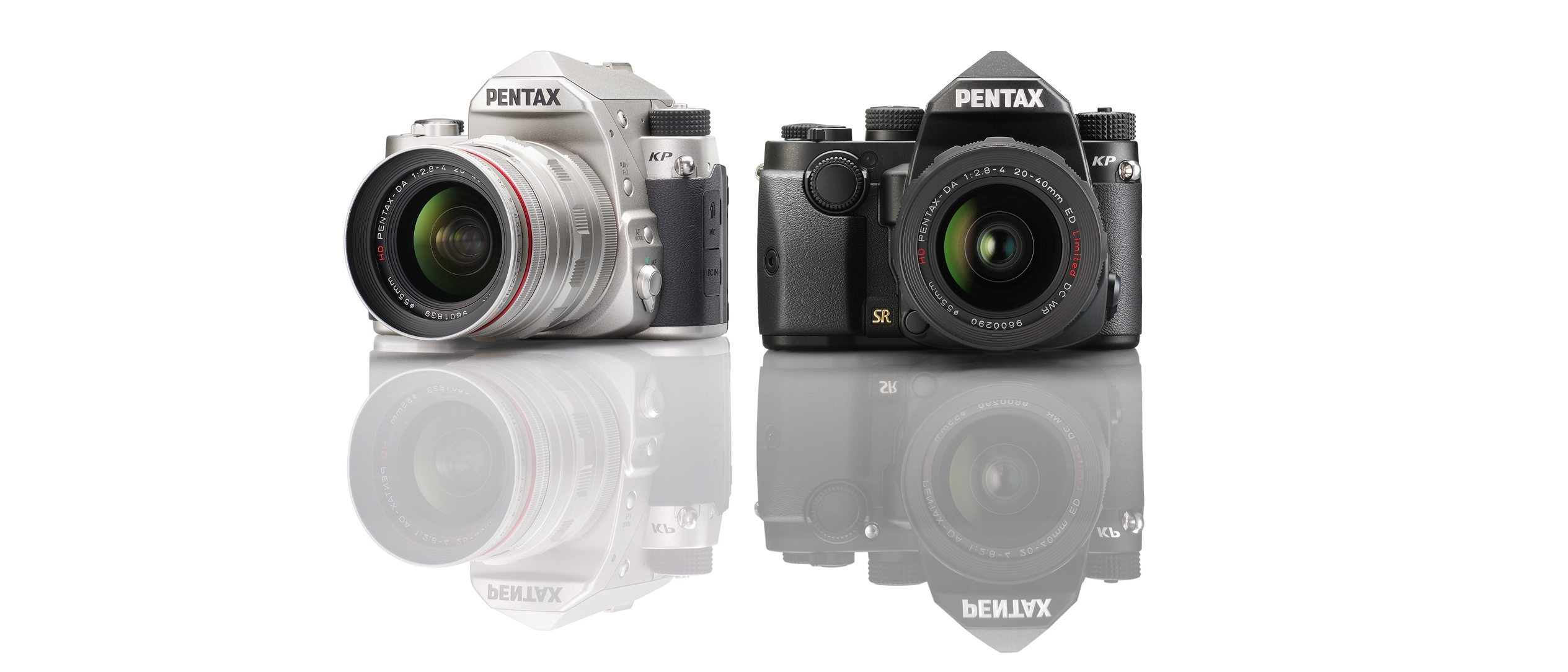TechRadar Verdict
It’s not quite the best all-round option at this price, and is outgunned by many cheaper rivals, but fine build quality, snappy AF and excellent image quality make the Pentax KP worth a look.
Pros
- +
Capable AF system (in AF-S)
- +
Compact body for its class
- +
Great ISO noise control
- +
Very effective IS system
Cons
- -
Lacklustre video quality
- -
Expensive
- -
Continuous AF performance
- -
LCD a little behind the times
Why you can trust TechRadar
With no recent activity in its Pentax-branded mirrorless camera lines, Ricoh Imaging has spent the last few years overhauling the brand’s DSLR series. Following the upper-entry-level K-70 and the full-frame K-1, the company has now brought out a model that appears to sit somewhere between those two cameras.
The Pentax KP is launching at a significantly higher price than the K-70, which may surprise some when the spec sheets are compared, but it does present a handful of advantages over that model.
More specifically, it appears on Ricoh Imaging’s website under the line ‘low light photography in a new dimension’. Accordingly, it boasts a surprisingly broad sensitivity range and a more advanced AF system than the K-70, with the further advantage of a second-generation Shake Reduction system that should also lend a hand in sub-par conditions.

With a four-figure price tag for its body alone, the KP isn't exactly short of capable competitors. These range from mirrorless options such as Sony’s A6500 and Fujifilm’s X-T20 to more traditional DSLRs such as Canon's EOS 80D and Nikon’s D7200, which prospective purchasers may well consider the KP's K-70 sibling too.
Features
- APS-C CMOS sensor, 24.32MP
- 3-inch tilt-angle screen, 921,000 dots
- 1080p video capture
In true Pentax style, the KP arrives with a wealth of clever and useful options, and borrows a handful of features from the impressive K-1.
The KP is designed around a new 24.32MP APS-C sensor, which operates over a staggeringly broad sensitivity range of ISO100-819,200. Surprisingly, this appears to be the span of its native ISO range, rather than a combination of native and extensions settings.
It offers a staggeringly broad sensitivity range of ISO100-819,200
Ricoh Imaging claims this makes it suitable for low-light photography, although a high ISO range doesn't necessarily mean high-quality images at these uppermost settings. Unlike the sensor inside the K-70, the one here doesn't incorporate phase-detect AF pixels, which means the camera doesn't offer the same Hybrid AF system when set to live view.
As has previously been the case on Pentax DSLRs, the sensor has no anti-aliasing filter, to enable the capture of finer details than may otherwise be possible, although an anti-aliasing filter simulator is on hand to help curb the effects of aliasing. The user has the choice of different types of correction here, although bracketing options are also on hand for when they may not be sure which is the most appropriate.
The previously seen Pixel Shift Resolution feature, which takes four exposures with a single pixel displacement between each in order to get full color information at every photosite, also makes an appearance.

This sensor works with a PRIME IV engine, which allows for raw files to be captured in either DNG or PEF formats, alongside the standard JPEG. It also enables a range of lens-oriented corrections, such as lateral chromatic aberration and distortion – potentially very useful if you don’t fancy processing these out yourself.
In-camera raw processing is also provided post-capture, although one thing the processor doesn’t allow is 4K video recording. Instead, there’s Full HD video at a choice of frame rates, including 24p.
The camera has been furnished with a second-generation Shake Reduction system, which appears to be similar to that used inside the flagship K-1 DSLR. This provides correction over five axes (roll, pitch and yaw, and both horizontal and vertical shifting) and has a claimed compensatory effect of up to five stops, a figure only currently bested by Olympus.
As we’d expect at this level, the KP has been fitted with a glass pentaprism viewfinder that provides approximately 100% coverage of the scene, and this has a 0.95x magnification. Underneath this there’s a 3.0-inch LCD screen with a 921k-dot resolution, and thanks to the hinge on which the screen is mounted you can pull it out from the body and adjust it upwards and downwards; it's not touch-sensitive however.

Another feature inherited from the K-1 is the Smart Function Dial on the top plate. This provides immediate access to a handful of settings – not exactly the same ones that appear on the K-1’s dial, although three of these are user-customizable options.
Should the camera’s maximum shutter speed of 1/6000 sec not be high enough, you can also call on an electronic shutter that boosts this to 1/24,000 sec. Burst shooting, meanwhile, is quoted at a very respectable 7fps.
Two new bracketing options also feature. Motion Bracketing lets you capture a series of images with changes to shutter speed between them, while Depth of field Bracketing applies the same principle to aperture; you can adjust the extent of shift between frames on each setting.
Wi-Fi is on board for the easy sharing of images and remote control via a smart device, although NFC is absent. The camera also has a small pop-up flash and a hotshoe for accepting larger units, and everything is recorded to SD, SDHC or SDXC memory cards, up to the UHS-I standard.
